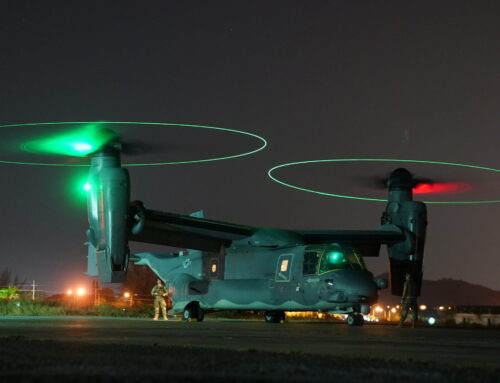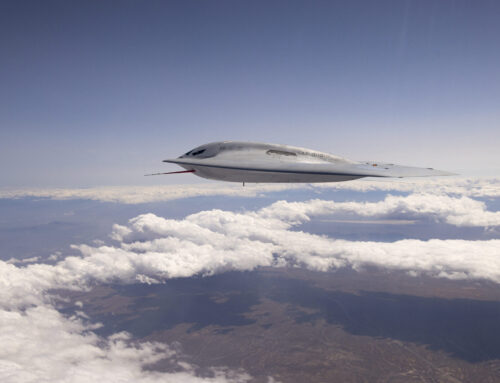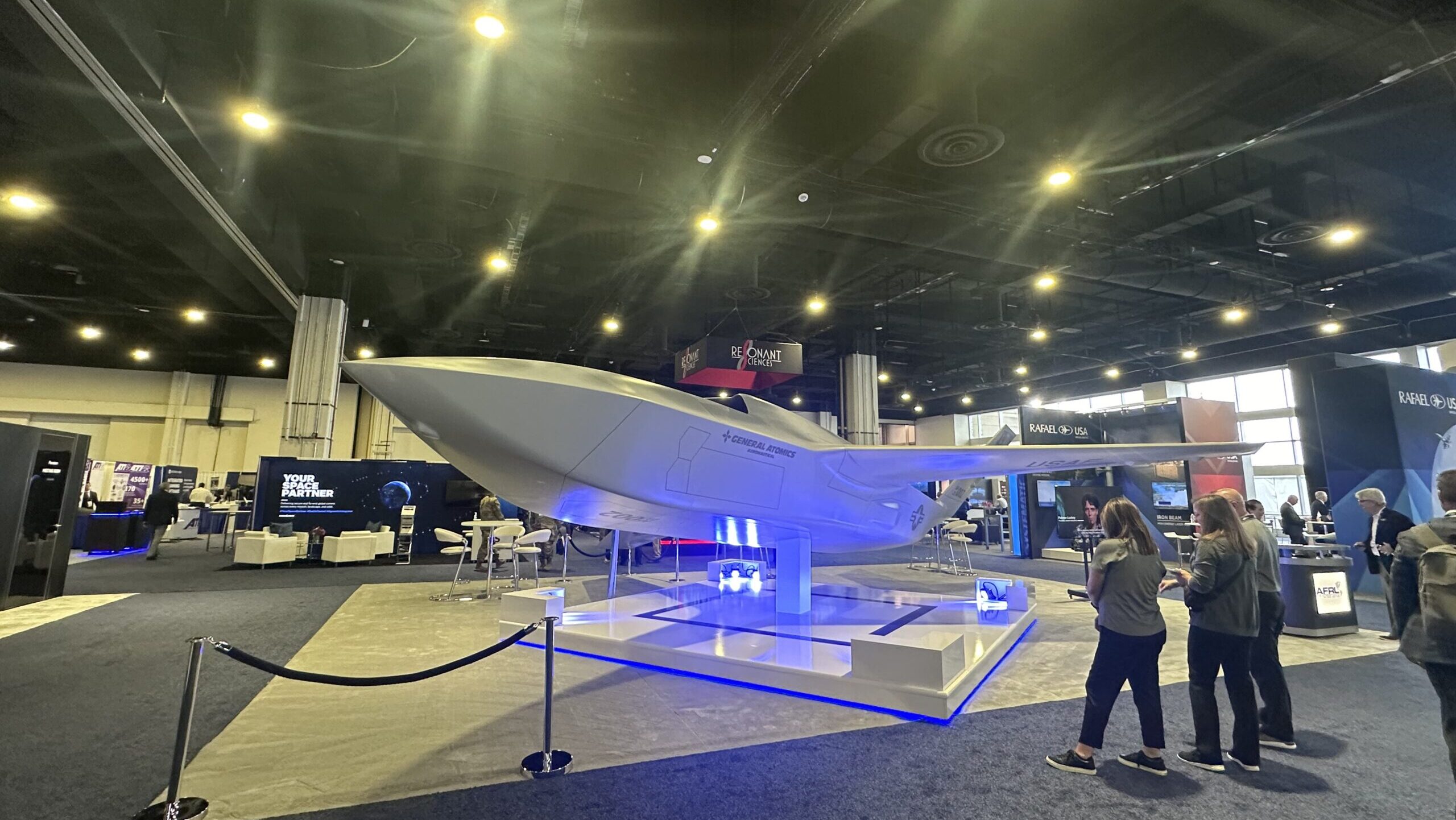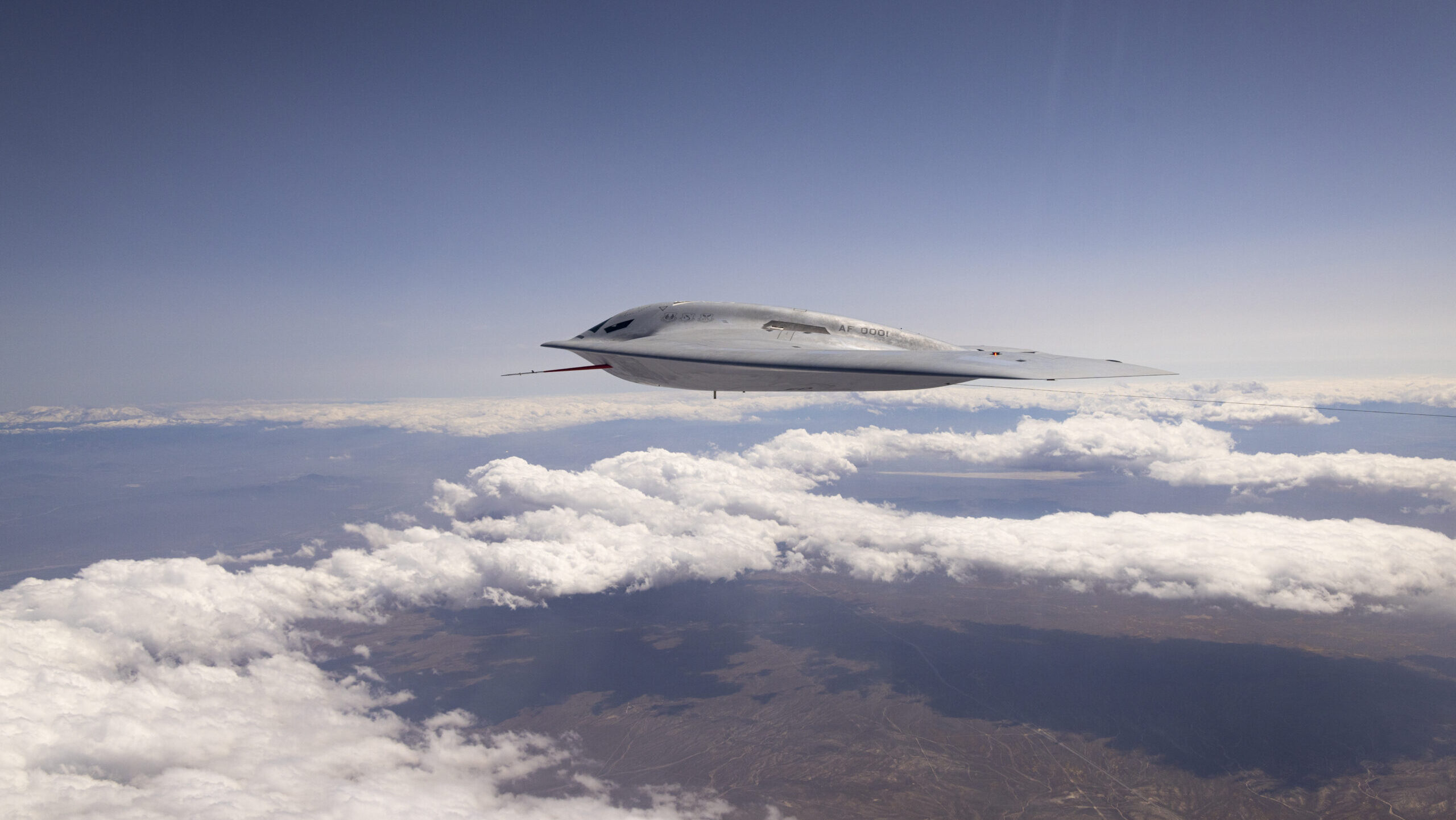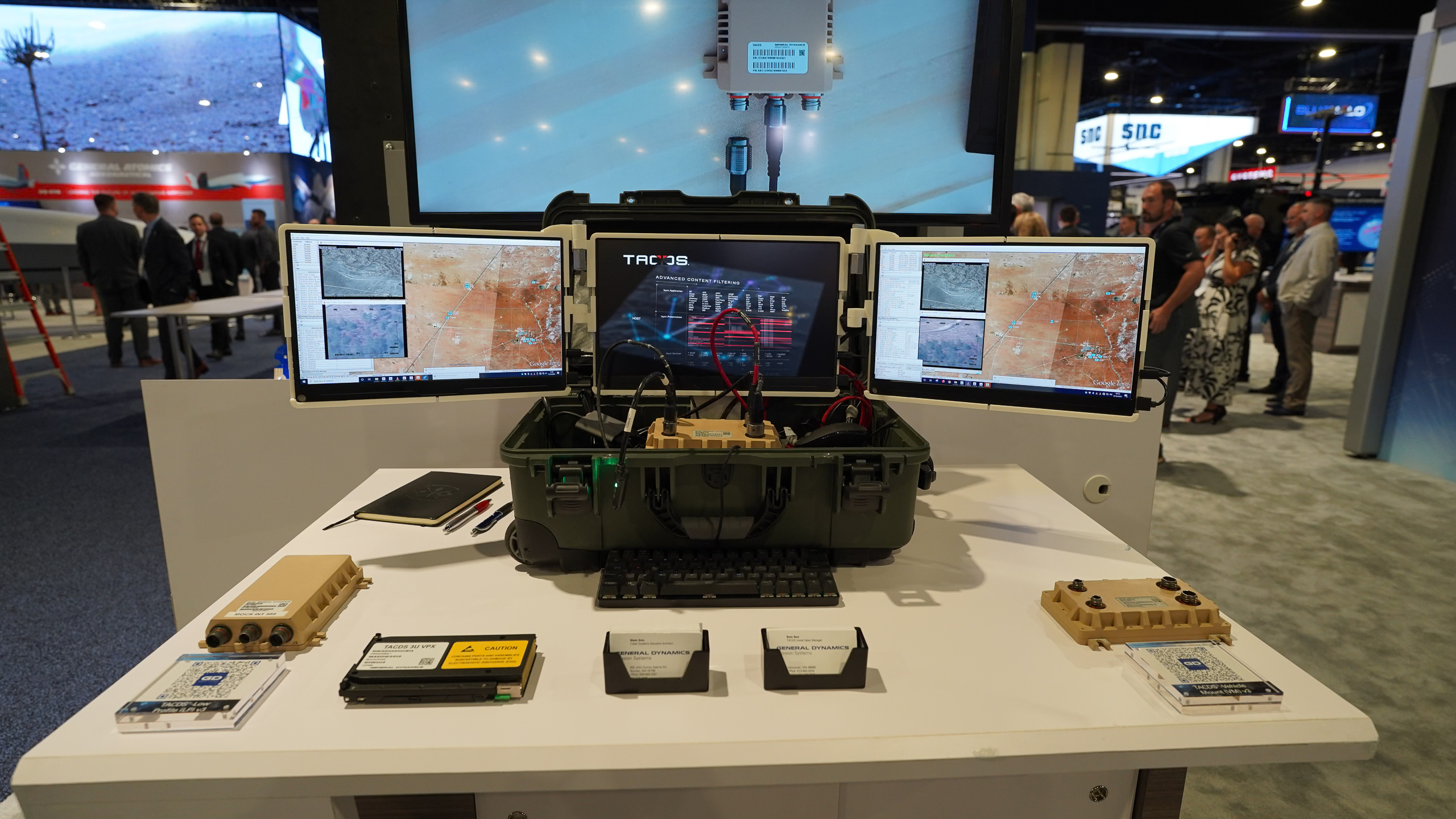Boeing’s F-15EX features fly by wire flight controls and new electronic warfare equipment (Boeing)
WASHINGTON — Workforce fluctuations as Boeing ramps up F-15EX production and sunsets the F/A-18 Super Hornet line are driving up cost and inefficiency, and recovery from those challenges will not be immediate, the head of the company’s fighter programs told Breaking Defense today.
“It will take time — we’re rebuilding a workforce that needs the experience,” said Mark Sears, Boeing’s vice president for fighters. “[In] aviation, the learning curve is steep in terms of how people learn how to do this work — F-15 in particular [and] these older platforms is even harder. And so for F-15, you can be a good mechanic, but it’s mostly about the number of times you do a job that makes you a good mechanic.”
Over the past year, Boeing has decreased the number of mechanics working on the Super Hornet from 300 to 200 workers as production of the aircraft slows down, Sears said. That has forced the remaining employees to take on an additional portion of the workshare.
Conversely, on the F-15EX where production is increasing from a rate of one aircraft to about 1.5 aircraft per month, Boeing has added about 150 new mechanics this year, who are working on the aircraft for the first time and are still building proficiency.
“There’s a significant learning curve on F-15,” Sears said. “If you walk the F-15 [production] line, it’s kind of like a museum of what aerospace manufacturing is. You start in the back of the line, looks like it did in 1969. You go to the forward part of the line, where we just digitally remastered the forward fuselage, and that’s advanced modern manufacturing techniques.”
Last week, Boeing Chief Financial Officer Brian West said that the company expects margins to be negative at its defense division for the third quarter due, in part, to higher-than-expected costs associated with the shifting production outputs on the F-15EX and F/A-18 lines.
Boeing eventually intends to increase production of the F-15EX to two fighters per month, but the company won’t see output at that level until around 2026, Sears said. Meanwhile, the Super Hornet line is set to close down in 2027.
Sears noted that the production issues at Boeing are further complicated by its supply chain, which has seen a similar shift in its blue-collar workforce since the COVID-19 pandemic, with some suppliers noting that the average level of experience has dropped from around 20 years to six years.
The company is taking some steps to try to drive up production efficiency on the F-15EX line. First, the company is redesigning certain portions of the airplane that are difficult to build, bringing those elements in line with modern manufacturing techniques. The balance there, however, is ensuring that those design changes are significant enough to improve ease of assembly while not triggering the need for the Air Force to perform additional flight testing, Sears said.
One example is the F-15’s center fuselage, which is broken into five main sections. The company is redesigning one of those segments — the most complex part of the structure because of how the plane’s landing gear is affixed to it, he said.
“It’s area where, when we make a defect, if we have a defect … it is the most complex part of the airplane for us to have to analyze, to disposition it, to tell them how to fix it,” Sears said.
Boeing is also rewriting all its production and technical manuals to simplify instructions for new mechanics, but it will take a couple years to get through all 14,000 jobs on the line, Sears said.
“We’re starting in the most complex areas first with the oldest engineering that we’re trying to simplify, and then we’ll work our way up to the most modern parts and engineering, which shouldn’t be as much of a change,” he said.
Earlier this year, Boeing announced plans to buy GKN Aerospace’s St. Louis-area facility and absorb its workforce. The plant, which was once part of McDonnell Douglas before that company was acquired by Boeing, is the sole source of about 100 parts used on the F/A-18 and F-15.
“We’ve always had kind of a shared destiny with that site, and now that it’s part of The Boeing Company again, the merger of that back into the organization has gone well,” Sears said. “The performance has not degraded and probably improved, and the collaboration between us and the site has gone really well.”


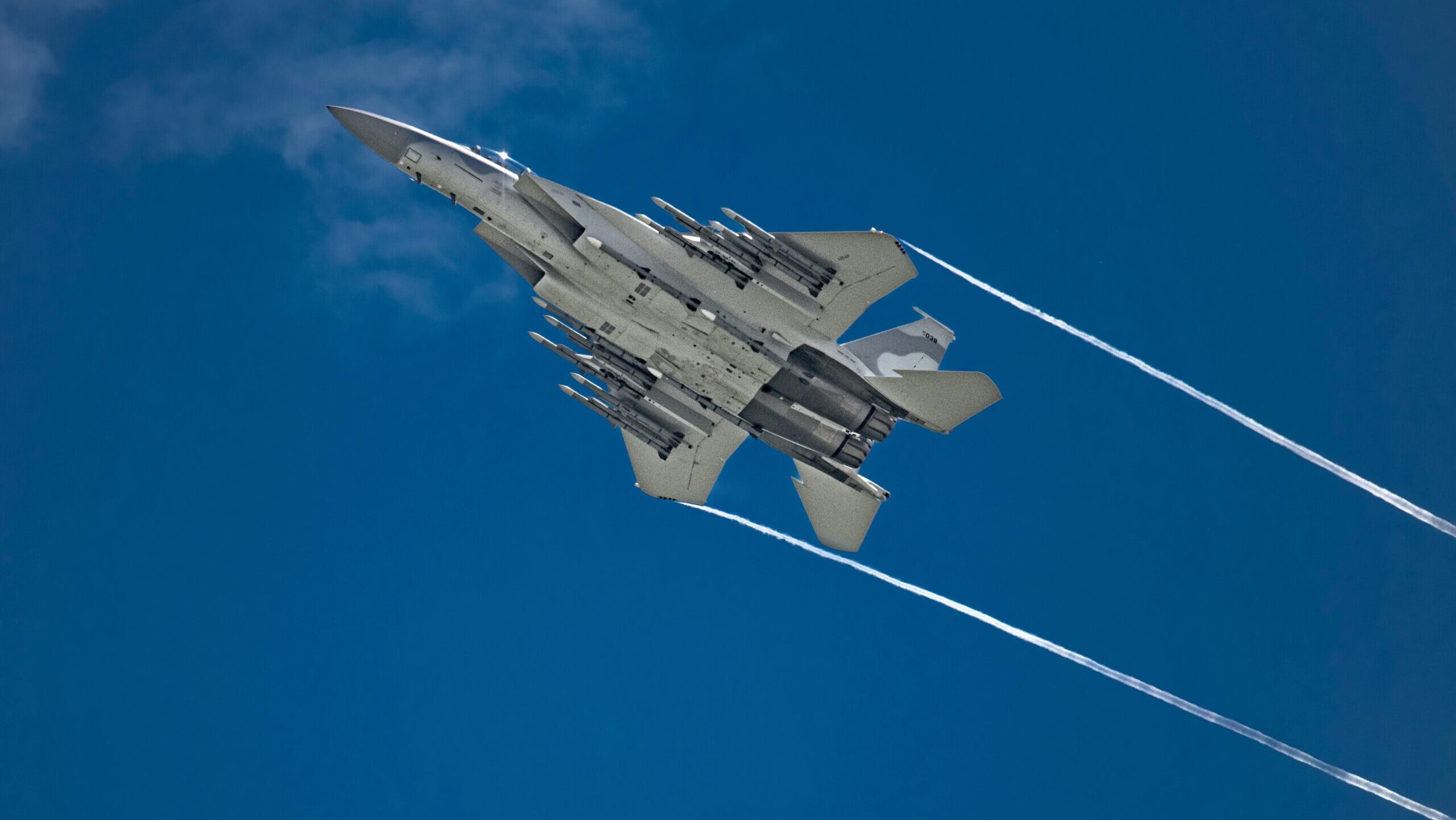
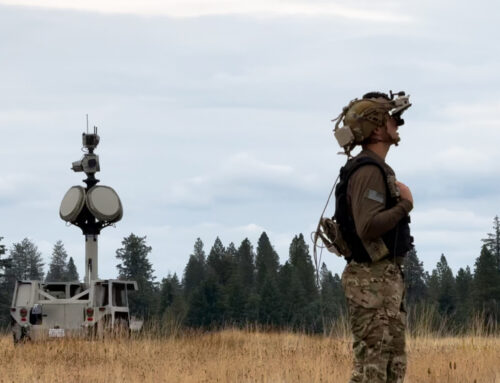
![Wrapping up the final day of the AFA 2024 conference [VIDEO]](https://centurionpartnersgroup.com/wp-content/uploads/2024/09/GA-CCA-scaled-e1726499010364-9GDOVf-500x383.jpeg)
